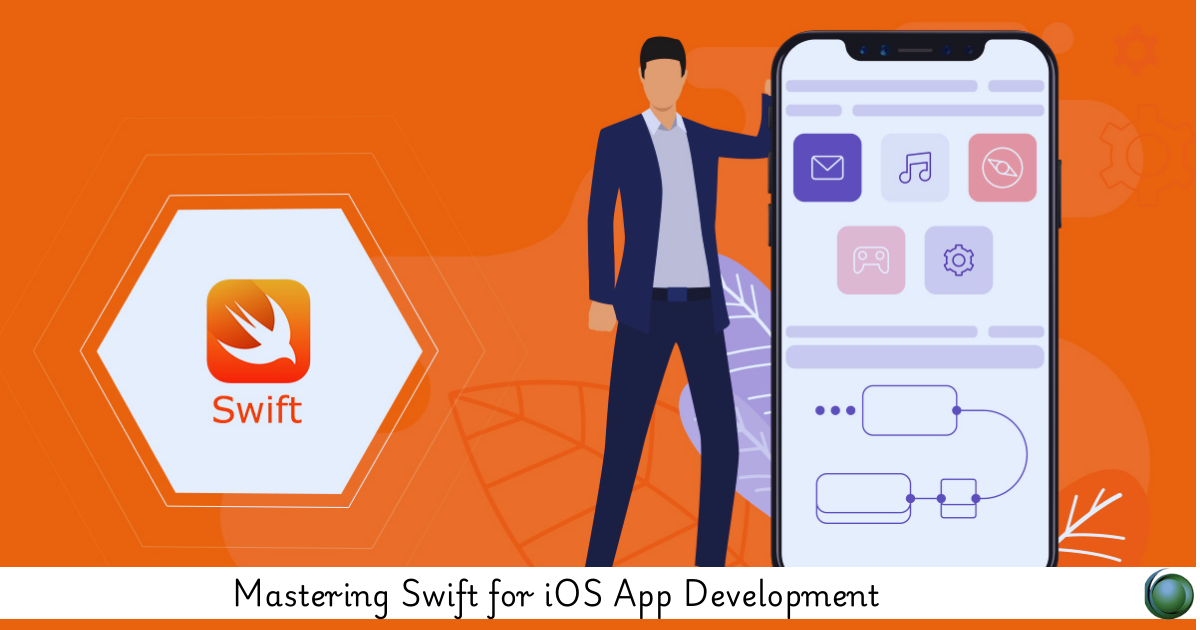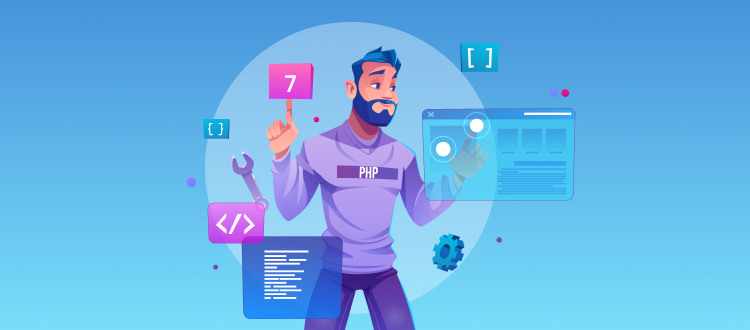Description
Introduction
Swift is Apple’s modern and powerful programming language designed for safety, performance, and developer productivity. It is the foundation of iOS app development, enabling developers to build seamless, high-performance applications for Apple devices. This course provides a deep dive into Swift, covering advanced language features, functional programming, memory management, and best practices for iOS development. By the end of this course, learners will have mastered Swift and be equipped to build robust and scalable iOS applications.
Prerequisites
- Basic understanding of programming concepts
- Familiarity with object-oriented programming
- Prior experience with Swift fundamentals (recommended but not required)
- Xcode installed on a macOS system
Table of Contents
- Introduction to Swift
1.1 Overview of Swift and Its Evolution
1.2 Swift vs. Objective-C: Key Differences
1.3 Setting Up Xcode and Swift Playgrounds - Swift Fundamentals and Best Practices
2.1 Variables, Constants, and Data Types
2.2 Optionals and Unwrapping Techniques
2.3 Functions, Closures, and Higher-Order Functions
2.4 Structs, Enums, and Protocol-Oriented Programming - Object-Oriented Programming in Swift
3.1 Classes and Inheritance
3.2 Initializers and Deinitializers
3.3 Access Control and Encapsulation
3.4 Polymorphism and Protocol Extensions - Advanced Swift Programming
4.1 Functional Programming in Swift(Ref: Introduction to iOS Development with Swift)
4.2 Generics and Type Safety
4.3 Error Handling and Custom Errors
4.4 Using Swift Concurrency (async/await) - Memory Management and Performance Optimization
5.1 Automatic Reference Counting (ARC) and Memory Leaks
5.2 Weak, Strong, and Unowned References
5.3 Profiling and Optimizing Swift Code
5.4 Debugging and Performance Best Practices - Swift in iOS Development
6.1 Integrating Swift with UIKit and SwiftUI
6.2 Handling User Input and Events
6.3 Networking with URLSession and Codable
6.4 Data Persistence with CoreData and UserDefaults - Testing and Debugging Swift Applications
7.1 Writing Unit and UI Tests in Swift
7.2 Debugging with Xcode Tools
7.3 Handling Crashes and Performance Bottlenecks
7.4 Continuous Integration and Code Review Best Practices - Deploying Swift-Based iOS Apps
8.1 Preparing an App for Distribution
8.2 App Store Guidelines and Submission Process
8.3 Implementing In-App Purchases and Push Notifications
8.4 Future Trends and Advancements in Swift
This Swift for iOS App Development course empowers developers with in-depth knowledge of Swift, enabling them to build high-performance, scalable, and maintainable iOS applications. By mastering advanced Swift concepts and best practices, learners will be well-equipped to tackle real-world app development challenges and stay ahead in the evolving iOS ecosystem.







Reviews
There are no reviews yet.